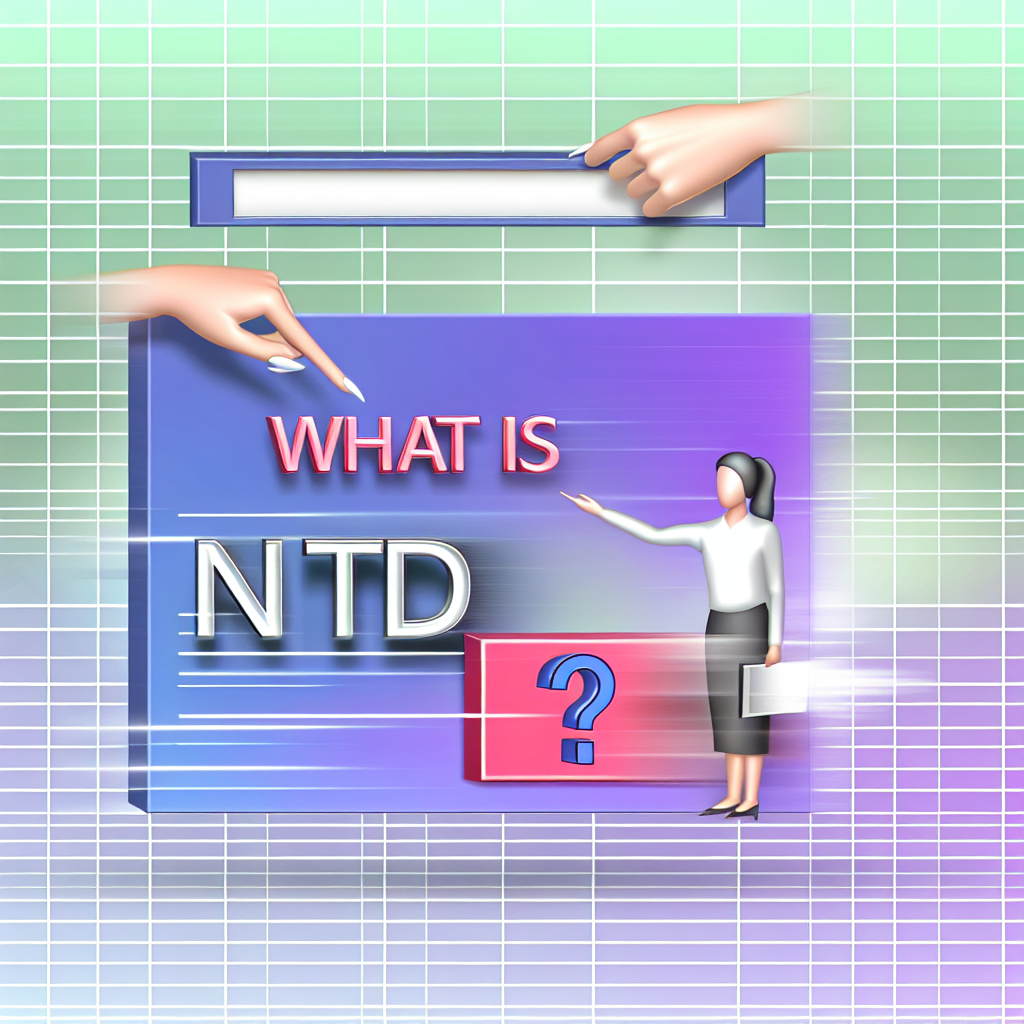
Understanding National Insurance Contributions To Date (NI TD) is crucial for Human Resource professionals who are tasked with informing and supporting employees about their benefits and entitlements. As we enter 2024, the importance of tracking these contributions cannot be overstated. NI TD represents the total contributions deducted from employees’ earnings so far, and it plays a vital role in both employee pay and benefits.
What is NI TD?
NI TD stands for “National Insurance Contributions To Date.” This figure encapsulates the total amount of National Insurance contributions (NICs) that have been deducted from an employee’s earnings up until a specified date, typically the end of a pay period or the year to date. It is an essential component of the payslip, reflecting contributions towards various state benefits and services, including the NHS, state pension, unemployment benefits, and sickness & disability allowances.
The Significance of NI TD
NI TD serves multiple purposes for employees and HR departments alike. Understanding its significance can aid in managing employee expectations, as well as enhancing their financial literacy. Below are some key aspects of NI TD:
1. Tracking Contributions
The NI TD figure is instrumental in helping employees track their National Insurance contributions over time. This tracking is vital for ensuring that contributions are accurately recorded, directly influencing an employee’s entitlement to state benefits. Regular updates can help demystify pay slips for employees, making it easier for them to manage their financial future.
2. Understanding Earnings
NI TD allows employees to compare their NICs with gross pay, offering insight into how much of their earnings are deducted for NICs. This comparison is key to understanding take-home pay and can foster a more profound awareness of personal finances.
3. Planning for Retirement
National Insurance contributions play a pivotal role in financing various state benefits and services, particularly the state pension. Employees who keep an eye on their NI TD are better positioned to plan for retirement and understand their entitlement to these benefits, helping them secure financial stability in their later years.
Current Trends in National Insurance Deductions
The landscape of National Insurance deductions is continually changing. Understanding these trends is essential for HR professionals to effectively communicate with employees about their financial contributions. Here are some current points to consider:
1. Deduction Rates
For the 2024/25 tax year, employees are required to pay 8% of their earnings between £242 and £967 per week and 2% on earnings above £967 per week. This tiered system means that employees at different income levels will experience varied deductions, necessitating clear communication from HR regarding these variances.
2. Payroll Practices
Employers must provide itemised payslips that detail gross pay, net pay, and NIC deductions. This requirement, reinforced by the Employment Rights Act 1996 (Itemised Pay Statement) (Amendment) Order 2018, ensures that employees have a clear understanding of their financial contributions. HR professionals should strive to educate employees on how to read their payslips correctly.
Benefits of Understanding NI TD
For both employers and employees, the NI TD figure is a key indicator of financial engagement and social security benefits. Here are some benefits associated with understanding NI TD:
1. Social Security Benefits
National Insurance contributions underpin various social security benefits that are critical for economic security. By tracking their NI TD, employees can gain insight into their contributions to these essential services, reinforcing the understanding that their earnings contribute to the fabric of society.
2. Building Personal Entitlement
Monitoring NI TD allows employees to build up their entitlement to state benefits, such as pensions and unemployment benefits. This awareness can empower employees to take charge of their financial security, especially in uncertain times.
3. Tax Planning
A clear understanding of NI TD can facilitate better tax planning. Employees who know their NIC deductions can more easily manage their overall tax liabilities and plan for future expenses. This proactive approach to financial planning can lead to healthier financial behaviours.
Conclusion: Empowering Employees Through Knowledge
In summary, NI TD is a pivotal aspect of an employee’s payslip that reflects their contributions to state benefits and services. Its significance is multifaceted, influencing everything from tracking contributions and understanding earnings to planning for retirement and ensuring transparency in payroll practices.
As HR professionals, it is essential to foster an environment that prioritises knowledge-sharing regarding financial contributions. Regular training sessions, clear informational resources, and open lines of communication can all help employees understand and appreciate the importance of NI TD. The ongoing evolution of payroll practices and NIC deduction rates should be conveyed to employees to help them feel involved and informed about their financial well-being.
Moreover, by remaining attuned to current trends, HR professionals can provide valuable insights and guidance to employees, helping them navigate their financial futures with confidence.
With a strong grasp of NI TD and its implications, both employers and employees can work collaboratively towards a more financially knowledgeable workplace, resulting in improved employee satisfaction and retention.
For more insights on payroll practices and National Insurance contributions, consider exploring these resources:
- Payroll Junction: Understanding your payslip
- MoneySavingExpert Forum: Earning for NI TD – Payslip Question
- Paradigm Norton: Your payslip explained
- Planday: Payslips explained
- The Grooms List: A Basic Guide To Payslips
Vadim Kouznetsov is a distinguished entrepreneur and the visionary founder and CEO of JobXDubai.com, the UAE’s rapidly expanding job board. Renowned for his expertise in bridging the gap between job seekers and employment opportunities, Vadim has become a leading authority in the recruitment and job market of Dubai.
